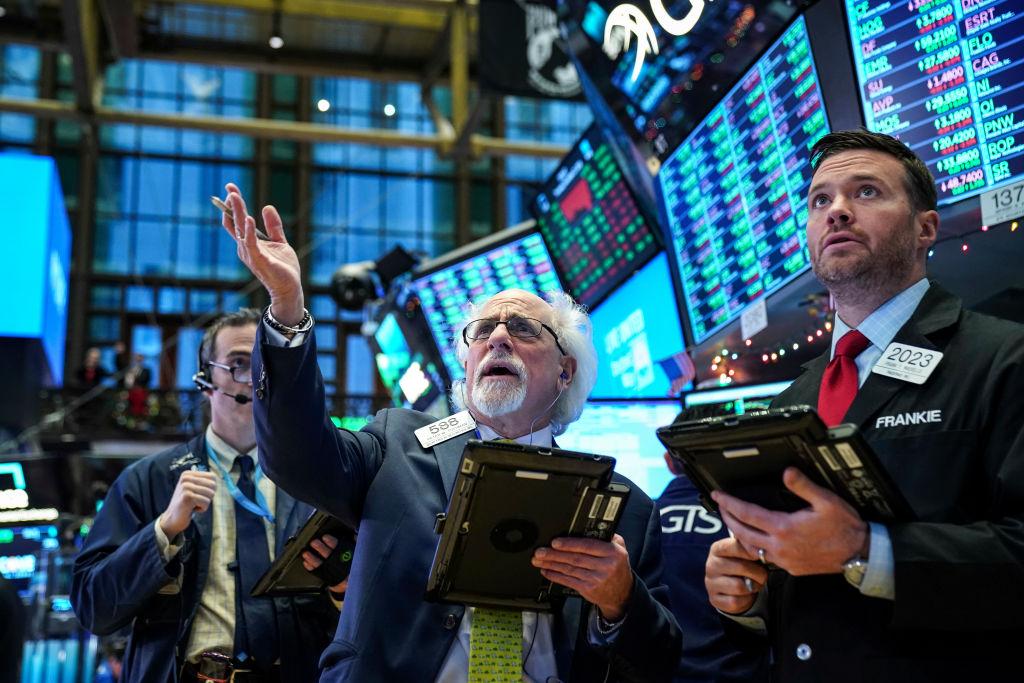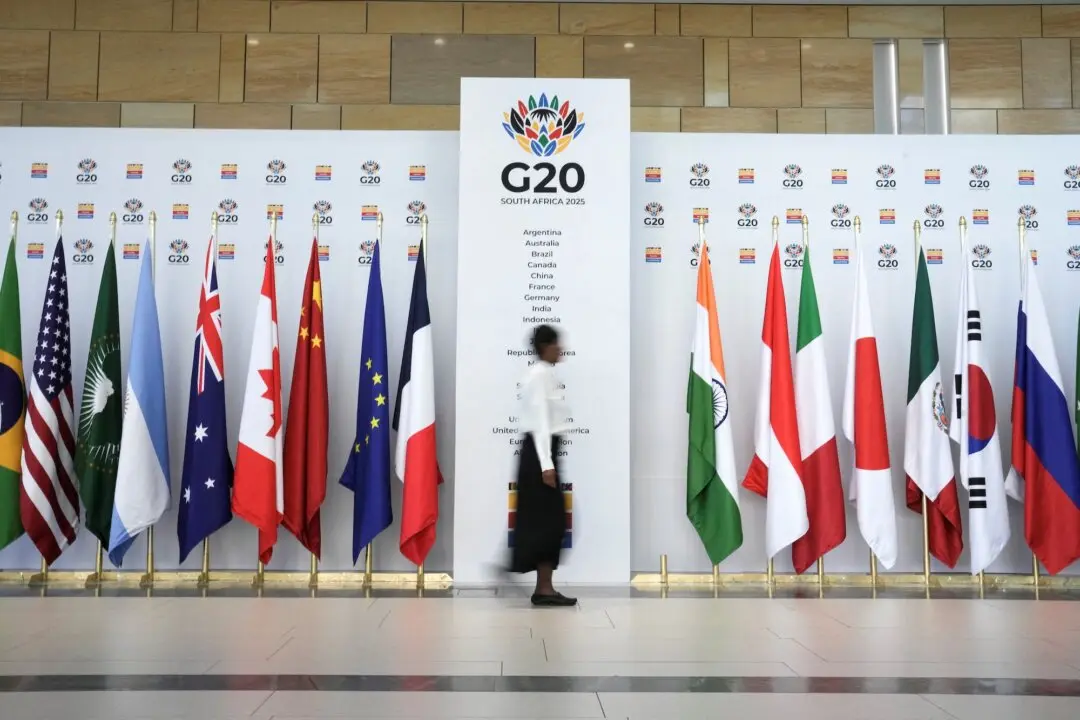Risk assets fell while safe havens jumped Feb. 24 as anxious investors took stock of a sharp spike in newly reported coronavirus infections outside China.
South Korea reported 231 new cases, taking its total to 833. Iran, which announced its first two cases on Feb. 19, said it now had 61 cases and 12 deaths, though a lawmaker put the number of deaths at 50. Europe’s biggest outbreak is in Italy, with some 150 infections—compared with just three before Feb. 21—and a sixth death. Authorities have placed dozens of towns there on lockdown.





